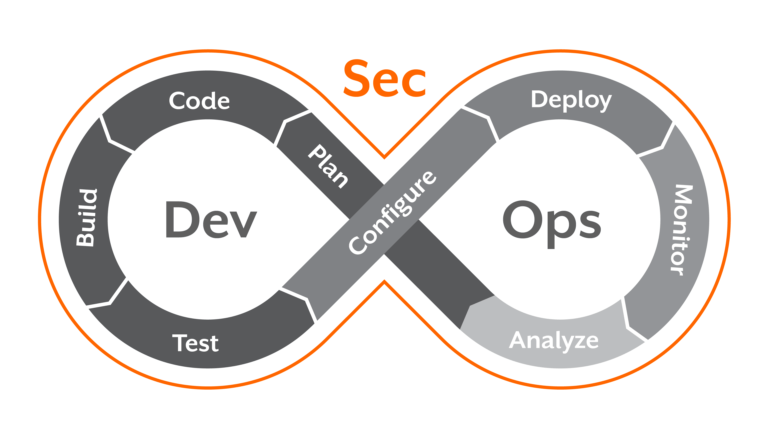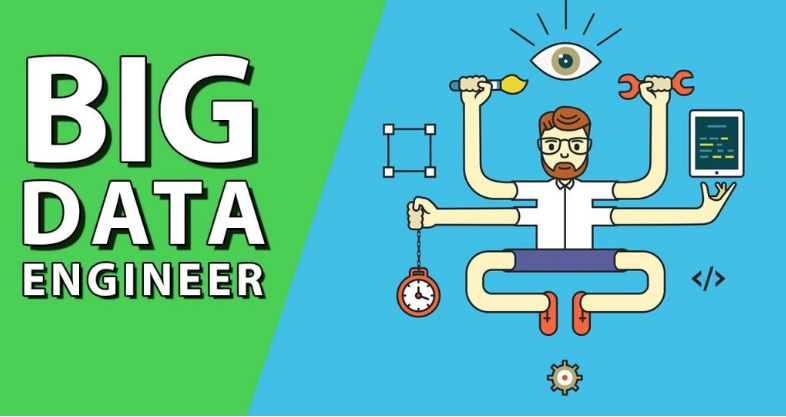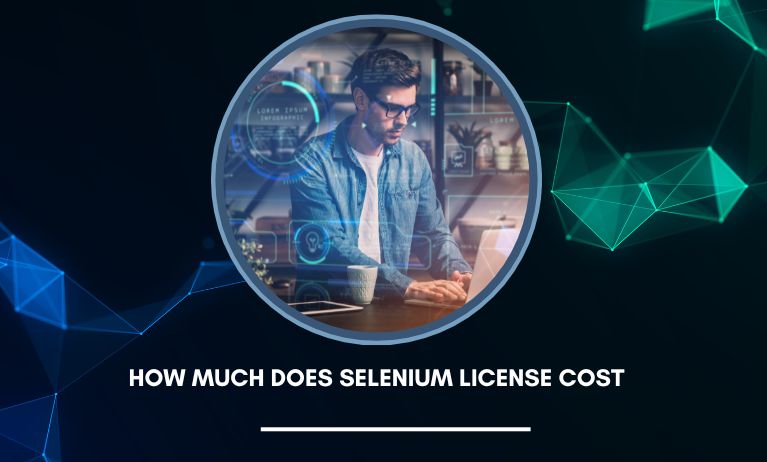Some points and Best Practices to yield the best out of the Chat GPT. Here are the few 3 best applications:
1. Be particular: Chat GPT which will generate the output on a wide range of subject, but it’s important to be specific as well as clear in our prompts, This will help the Chat GPT for the better understanding what exactly we are looking for which gives more accurate and also useful responses.
2. Supply context: this will supply the context for our queries or prompts which can help the Chat GPT understand the scenarios or topic for better understanding. This can help out Chat GPT to give more relevant and helpful responses.
3. Make Use various prompt types: test with the various types of prompts, which might be open-ended queries, multiple-choice queries, and scenario-based queries. This may able to help us to get a scope of responses and perspectives from Chat GPT.
4. Provide reaction: If you perceive that the Chat GPT’s reaction is not that accurate or not useful, we can actually provide the feedback to help it learn and make it improve. This can really help the Chat GPT which will give better responses in the future.
5. Keep occupied: Chat GPT which can yield a wide variety of reactions which includes the jokes, stories, and other creative content, which will stay engaged and be open to unpredicted responses to make the most out of your conversations with the Chat GPT.
6. Be aware of unfairness: It’s really major to be aware of potential unfairness in the Chat GPT’s reactions. While the Chat GPT which can give impressive responses, it’s important to recall that it’s only as unbiased as the data which was trained on. Be mindful of potential biases and use critical thinking when evaluating its reactions.
Few prompt types which are below examples, prompts and frameworks for gaining the most useful responses from GPT-Chat:
1. simplification prompts: If we are not sure of a earlier response, you can query the GPT-Chat to clarify or describe on it. For example: User can type or ask explain that a bit more.
2. current questions: Instead of asking yes-or-no queries, we can try asking open-ended questions which will encourage the GPT-Chat will allow more detail or offer an opinion. For example: User can ask or type What do you think about the future of artificial intelligence?
3. various-choice queries: we can also generate the GPT-Chat with specific options to make choice from, which will help to guide the communication in a particular direction.
For example: User can type or ask- Which of the following do you think is most important for a prosperous relationship: communication, trust, or shared values?
4. Scenario-based queries which generate the situation or the context for a question which can help the GPT-Chat to make understand what we are looking for and also give a more relevant response. Lets see an example: there is an user, lets imagine we are planning for a holidays- What are some tips for finding the best deals on the flights as well as hotels?
Frameworks which have to be thoughts and ideas in terms of frameworks and there are a few which might help structure to communication with the GPT-Chat:
1. FORD framework: FORD stands for Family, Occupation, Recreation, and Dreams, and is a communication framework which will be used to build rapport with someone. You can use this framework to ask the GPT-Chat about its “life” and interests, which might help to make the communication feel more natural and engaging.
2. Problem-Solution framework: This framework basically includes in identifying a problem and then working with GPT-Chat to brainstorm potential solutions. This can be a great way to leverage the knowledge and creativity of GPT-Chat to help you solve a problem or come up with new ideas.
3. Story briefing framework: This framework involves asking GPT-Chat to tell a story, whether it’s a personal anecdote, a fictional tale, or a historical account. This can be a fun and engaging way to learn more about a topic and see GPT-Chat’s creative capabilities.
Communicating with ChatGPT or similar language models can be achieved through various frameworks and APIs. Here are some popular ones:
OpenAI API: OpenAI provides an API that allows developers to interact with models like GPT. You can send text prompts to the API and receive responses. This API can be integrated into various programming languages and frameworks.
Python: You can use Python along with libraries such as requests or http.client to make HTTP requests to the OpenAI API or any other API serving similar models. This allows you to easily integrate GPT into your Python applications.
JavaScript: If you’re building a web application, you can use JavaScript to communicate with the model through HTTP requests. Frameworks like Axios or native fetch API in JavaScript can be used for this purpose.
TensorFlow / PyTorch: If you want to deploy the model locally or fine-tune it for your specific use case, you can use deep learning frameworks like TensorFlow or PyTorch. OpenAI provides pre-trained models that can be loaded and used in these frameworks.
Hugging Face Transformers: Hugging Face’s Transformers library provides easy-to-use interfaces for a variety of pre-trained language models, including GPT. You can use this library to interact with GPT models and integrate them into your applications.
Rasa: Rasa is an open-source conversational AI framework that allows you to build chatbots and assistants. You can integrate GPT into Rasa-based bots to enhance their conversational abilities.
Microsoft Bot Framework: If you’re developing chatbots or virtual assistants on the Microsoft ecosystem, you can use the Microsoft Bot Framework to integrate GPT-powered conversations.
IBM Watson Assistant: IBM Watson Assistant is another platform for building chatbots and virtual agents. While it has its own AI capabilities, you can enhance it by integrating with GPT for more natural language understanding and generation.
These are just a few examples, and there are many other frameworks and platforms you can use to communicate with GPT and similar models depending on your specific requirements and the technology stack you’re working with.





























